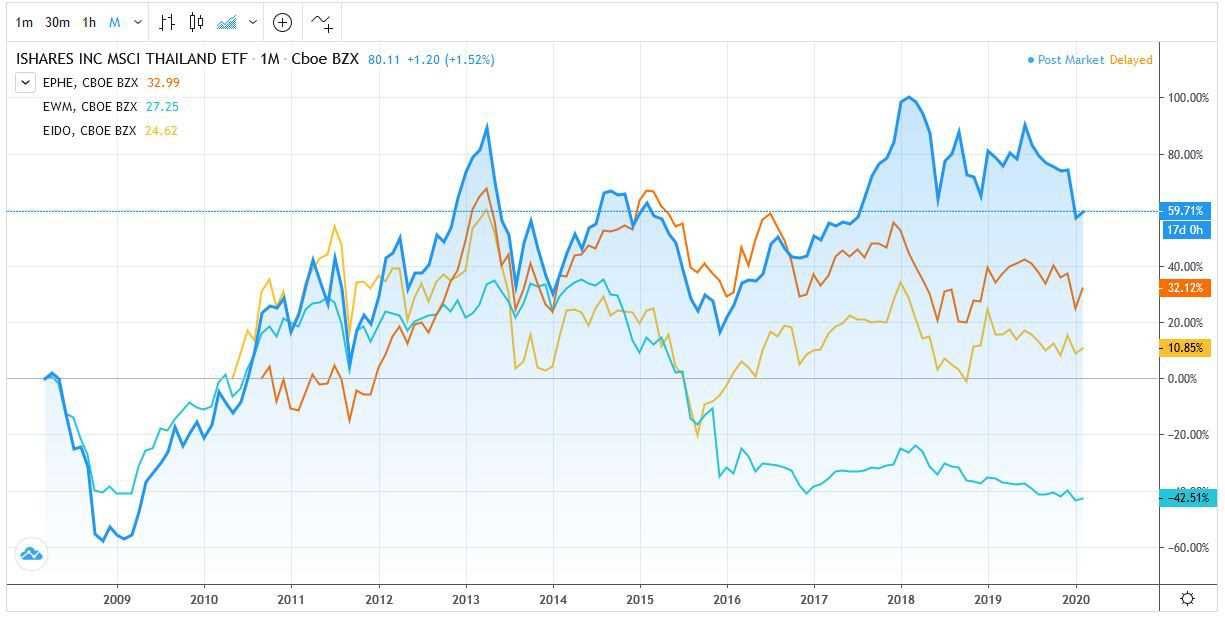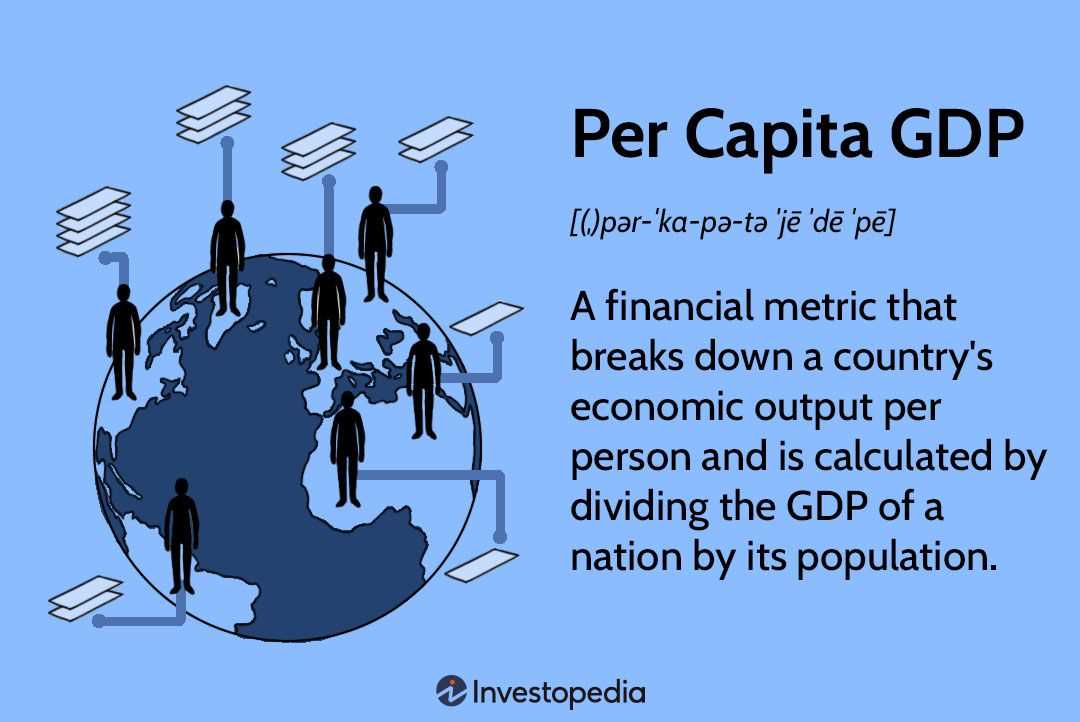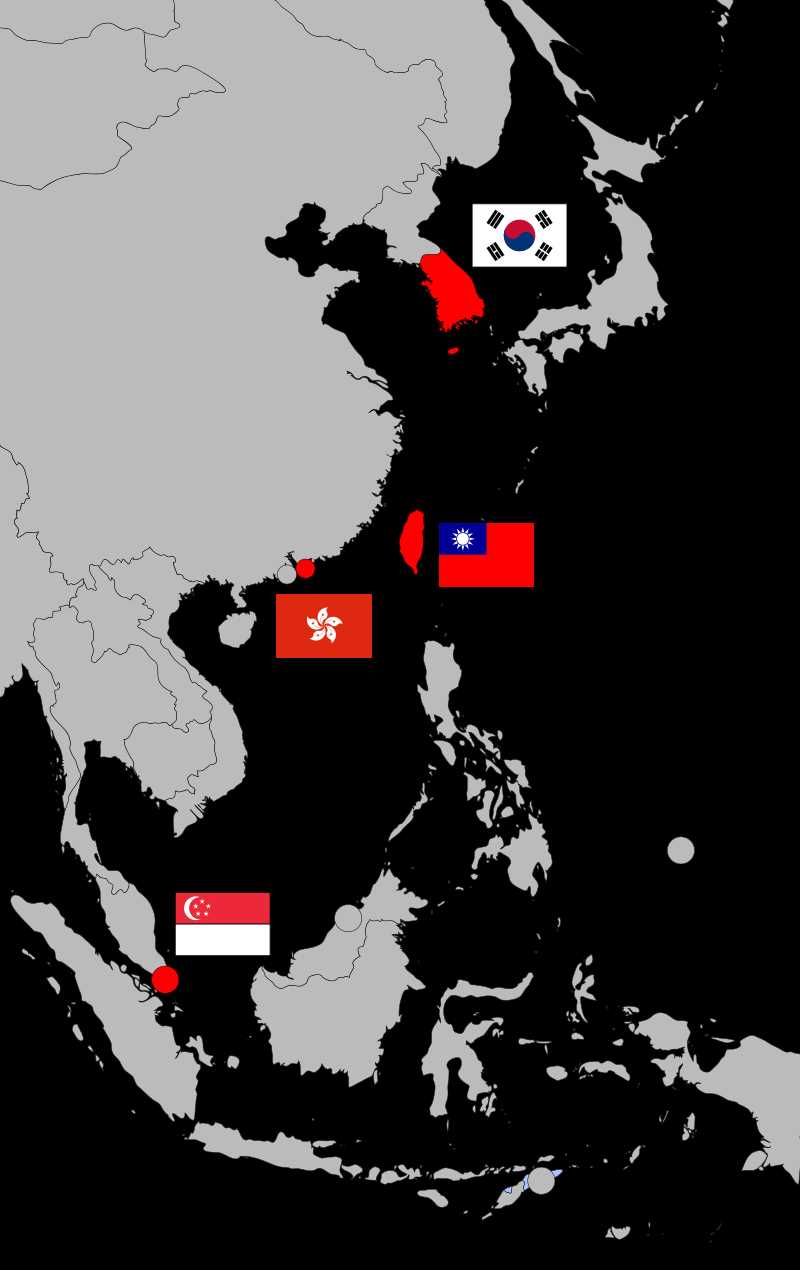Overview of the Four Asian Tigers
The Four Asian Tigers also benefited from their strategic geographical locations. Hong Kong and Singapore, for example, served as major financial and trading centers, connecting the East and the West. South Korea and Taiwan, on the other hand, leveraged their proximity to Japan and the United States to establish strong trade relationships.
Furthermore, these countries implemented sound economic policies, such as fiscal discipline, monetary stability, and efficient governance. They focused on creating a business-friendly environment, reducing bureaucratic red tape, and promoting entrepreneurship. This allowed for a conducive atmosphere for economic growth and development.
Overall, the Four Asian Tigers serve as a testament to the power of strategic planning, investment in human capital, and favorable economic policies. Their success stories provide valuable lessons for other developing countries aspiring to achieve rapid economic growth and development.
| Country | GDP (PPP) | Population | GDP per capita (PPP) |
|---|---|---|---|
| Hong Kong | $366.2 billion | 7.5 million | $48,431 |
| Singapore | $535.7 billion | 5.8 million | $93,905 |
| South Korea | $2.0 trillion | 51.8 million | $39,116 |
| Taiwan | $1.2 trillion | 23.6 million | $50,932 |
Economic Growth and Development
The Four Asian Tigers, consisting of South Korea, Taiwan, Hong Kong, and Singapore, have experienced remarkable economic growth and development over the past few decades. This growth can be attributed to various factors, including sound macroeconomic policies, strong export-oriented industries, and investments in human capital.
Macroeconomic Policies
One of the key factors contributing to the economic success of the Four Asian Tigers is their sound macroeconomic policies. These countries have implemented policies that promote stability, such as low inflation rates, fiscal discipline, and flexible exchange rates. By maintaining stable macroeconomic conditions, these countries have been able to attract foreign investments and foster economic growth.
Export-Oriented Industries

Another important factor behind the economic success of the Four Asian Tigers is their focus on export-oriented industries. These countries have developed industries that specialize in producing goods for export, such as electronics, automobiles, and textiles. By focusing on exports, these countries have been able to tap into global markets and generate significant foreign exchange earnings. This has not only boosted their economies but has also allowed them to accumulate foreign reserves and invest in infrastructure and social development.
Furthermore, the Four Asian Tigers have actively pursued trade liberalization and entered into free trade agreements with various countries. This has facilitated their access to international markets and allowed them to diversify their export destinations, reducing their dependence on any single market.
Investments in Human Capital

The Four Asian Tigers have recognized the importance of investing in human capital as a means to drive economic growth and development. These countries have placed a strong emphasis on education and skills development, ensuring that their workforce is equipped with the necessary knowledge and skills to meet the demands of a rapidly changing global economy.
They have invested heavily in education, research, and development, and have established world-class universities and research institutions. This has not only contributed to the development of a highly skilled workforce but has also fostered innovation and technological advancements, further enhancing their competitiveness in the global market.
Conclusion

The economic success of the Four Asian Tigers can be attributed to their sound macroeconomic policies, focus on export-oriented industries, and investments in human capital. These countries have demonstrated the importance of maintaining stability, diversifying export markets, and investing in education and skills development. By learning from their experiences, other countries can also strive for economic growth and development.
Industrialization and Export-Oriented Policies
Industrialization:
The Four Asian Tigers have made significant efforts to industrialize their economies, moving from primarily agrarian-based societies to industrial powerhouses. They have invested heavily in infrastructure, technology, and human capital to support the growth of their manufacturing sectors.
By developing a strong industrial base, these countries have been able to create jobs, increase productivity, and boost economic growth. Their industries have become globally competitive, producing high-quality goods and services that are in demand worldwide.
Export-Oriented Policies:
Another key aspect of the Four Asian Tigers’ economic success is their focus on export-oriented policies. These countries have actively promoted exports and trade as a means to drive economic growth and development.
They have implemented policies that encourage businesses to export their products and services, such as providing financial incentives, reducing trade barriers, and negotiating favorable trade agreements. Additionally, they have invested in trade infrastructure, such as ports and logistics systems, to facilitate the movement of goods and services.
By focusing on exports, the Four Asian Tigers have been able to tap into global markets and benefit from international trade. They have leveraged their competitive advantages, such as low labor costs, skilled workforce, and advanced technology, to attract foreign investment and expand their export markets.
Benefits of Industrialization and Export-Oriented Policies:
The industrialization and export-oriented policies pursued by the Four Asian Tigers have brought numerous benefits to their economies.
Firstly, these policies have led to job creation and improved living standards. The growth of the manufacturing sector has provided employment opportunities for the population, reducing poverty and increasing income levels.
Secondly, industrialization and exports have contributed to economic diversification. By developing a wide range of industries and products, these countries have reduced their dependence on a single sector or market, making their economies more resilient to external shocks.
Lastly, industrialization and exports have fueled technological advancements and innovation. The Four Asian Tigers have invested in research and development, fostering a culture of innovation and entrepreneurship. This has allowed them to stay at the forefront of technological advancements and maintain their competitive edge in the global market.
the industrialization and export-oriented policies pursued by the Four Asian Tigers have played a crucial role in their economic success. By focusing on developing their industries and promoting exports, these countries have been able to achieve high levels of economic growth, create jobs, and improve living standards. The lessons learned from their experiences can serve as valuable insights for other countries looking to drive economic development and achieve sustainable growth.
Lessons Learned and Future Prospects
First and foremost, the Four Asian Tigers have demonstrated the importance of investing in human capital. They have prioritized education and skills development, ensuring that their workforce is highly educated, skilled, and adaptable. This has allowed them to attract foreign investment and foster innovation, leading to sustained economic growth.
Secondly, these countries have pursued export-oriented policies, focusing on developing competitive industries and capturing global market share. By specializing in manufacturing and technology-intensive sectors, they have been able to generate significant export revenues and create employment opportunities for their populations.
Furthermore, the Four Asian Tigers have embraced open and liberalized trade policies, actively participating in global trade networks. They have formed strategic partnerships and trade agreements with other countries, facilitating the flow of goods, services, and investments. This has enabled them to diversify their economies and reduce dependence on a single market.
In addition, these countries have prioritized infrastructure development, investing in transportation, communication, and energy systems. This has not only improved connectivity within their economies but also enhanced their competitiveness on the global stage.
Moreover, the Four Asian Tigers have demonstrated the importance of good governance and strong institutions. They have implemented transparent and efficient regulatory frameworks, protected property rights, and promoted fair competition. This has created a conducive business environment, attracting both domestic and foreign investments.
Looking ahead, the Four Asian Tigers continue to face challenges and opportunities. They must adapt to the changing global economic landscape, which includes technological advancements, shifting consumer preferences, and geopolitical uncertainties. They need to continue investing in research and development, fostering innovation, and diversifying their economies to remain competitive.
Furthermore, these countries must address income inequality and social issues to ensure inclusive growth. They need to invest in social welfare programs, improve access to healthcare and education, and promote equal opportunities for all segments of society.

Emily Bibb simplifies finance through bestselling books and articles, bridging complex concepts for everyday understanding. Engaging audiences via social media, she shares insights for financial success. Active in seminars and philanthropy, Bibb aims to create a more financially informed society, driven by her passion for empowering others.
